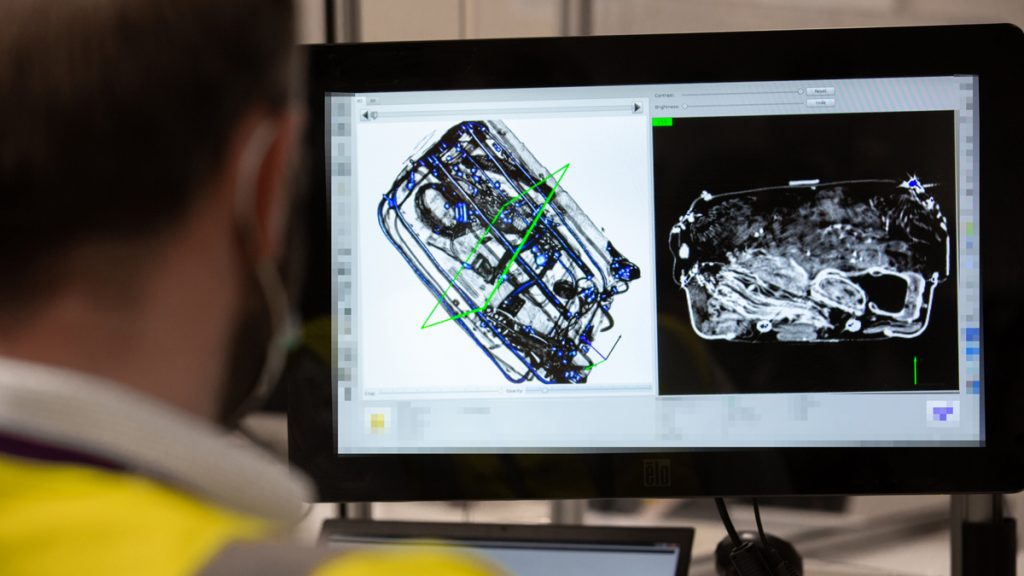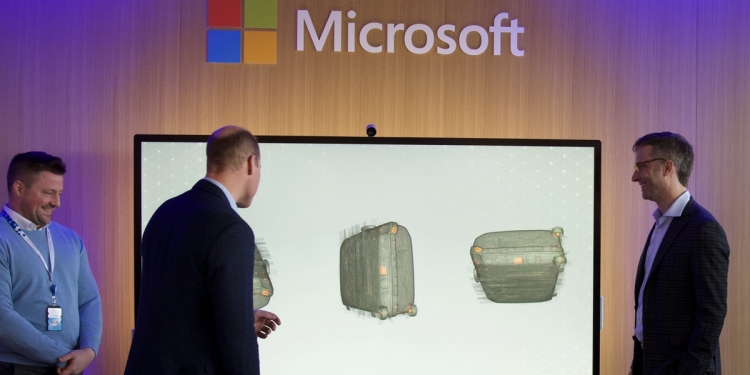Microsoft UK had a special guest yesterday, as Prince William, Duke of Cambridge dropped by to visit its offices. There, His Highness checked out Microsoft’s latest multispecies artificial intelligence model that is set to be deployed against the illegal wildlife trafficking industry.
Dubbed Project SEEKER, it’s essentially an AI-powered scanner that can check the luggage going in and out of an airport to detect if there’s any illegal wildlife items hidden within. Airport authorities can then seize the luggage and items within to be used as evidence against the smugglers. The Project SEEKER AI scanner has already seen real world use too, having been trialed at London’s Heathrow Airport, scanning 250,000 bags a day. It’s so far gotten an over 70% successful detection rate, and is especially good at detecting ivory such as elephant tusks.
“The untapped potential of AI and machine learning can help solve some of the world’s most complex environmental challenges. Our first-of-its-kind multispecies AI model Project SEEKER can help tackle the wildlife trafficking trade, while protecting animal ecosystems.
The importance of collaboration and partnership with more organisations couldn’t be greater as we look to protect the environment and the world’s most endangered species.” – Clare Barclay, Microsoft UK CEO
Project SEEKER was developed using Microsoft Azure technology, with help from their partners such as Heathrow Airport, the UK Border Force CITES team as well as the UK security firm Smiths Detection. The team behind Project SEEKER developed the AI by training its algorithm on images of animals and their body parts. It was originally designed to only scan for ivory, but the team soon realised that there were plenty of other animal parts being trafficked too such as eggs and bones.

Using X-ray scanners from Smiths Detection, the AI can then take a 3D scan of any bag and rotate it around to get a complete view of the bag and its items, looking for any suspicious items. The AI’s algorithm can also be trained to find any species of animal in just two months. So far, it’s still in an early trial phase, and Microsoft is seeking more help from conservation groups, authorities and transport hubs like airports to deploy more Project SEEKER scanners and to share with them data from more species too.
And thanks in part to the Azure cloud platform being part of Project SEEKER’s backbone, the data analysed can be used to built a bank of animal species and body parts, which various scanners throughout the world can then use to track down the movement and trafficking of illegal wildlife. Azure is also compatible with a large number of other systems, so airports that want to install Project SEEKER don’t need to get a bunch of new equipment too. Instead, airports can use Project SEEKER’s AI in conjunction with the numerous scanners already in place to detect firearms, drugs and explosives.

Prince William is also encouraging the use of such technology, stating that because these compatibilities aren’t in airports just yet, there’s actually no idea just how much illegal animal trafficking is going on. With the illegal wildlife trade worth up to USD150 billion a year, by having more of these Project SEEKER scanners in airports and other major transport hubs throughout the world, this technology can thus be used to reduce that number by a large margin.
@Microsoft’s project SEEKER, in collaboration with London Heathrow and supported by UFW, is designed to detect wildlife products in luggage and cargo as it passes through scanners and can be trained to detect a huge number of species. pic.twitter.com/ykdc4k84Zc
— The Prince and Princess of Wales (@KensingtonRoyal) November 18, 2021
With technology on our side then, it’s feasible that Project SEEKER can help authorities clamp down and prevent traffickers from transporting and profiting from the sale of illegal wildlife.








